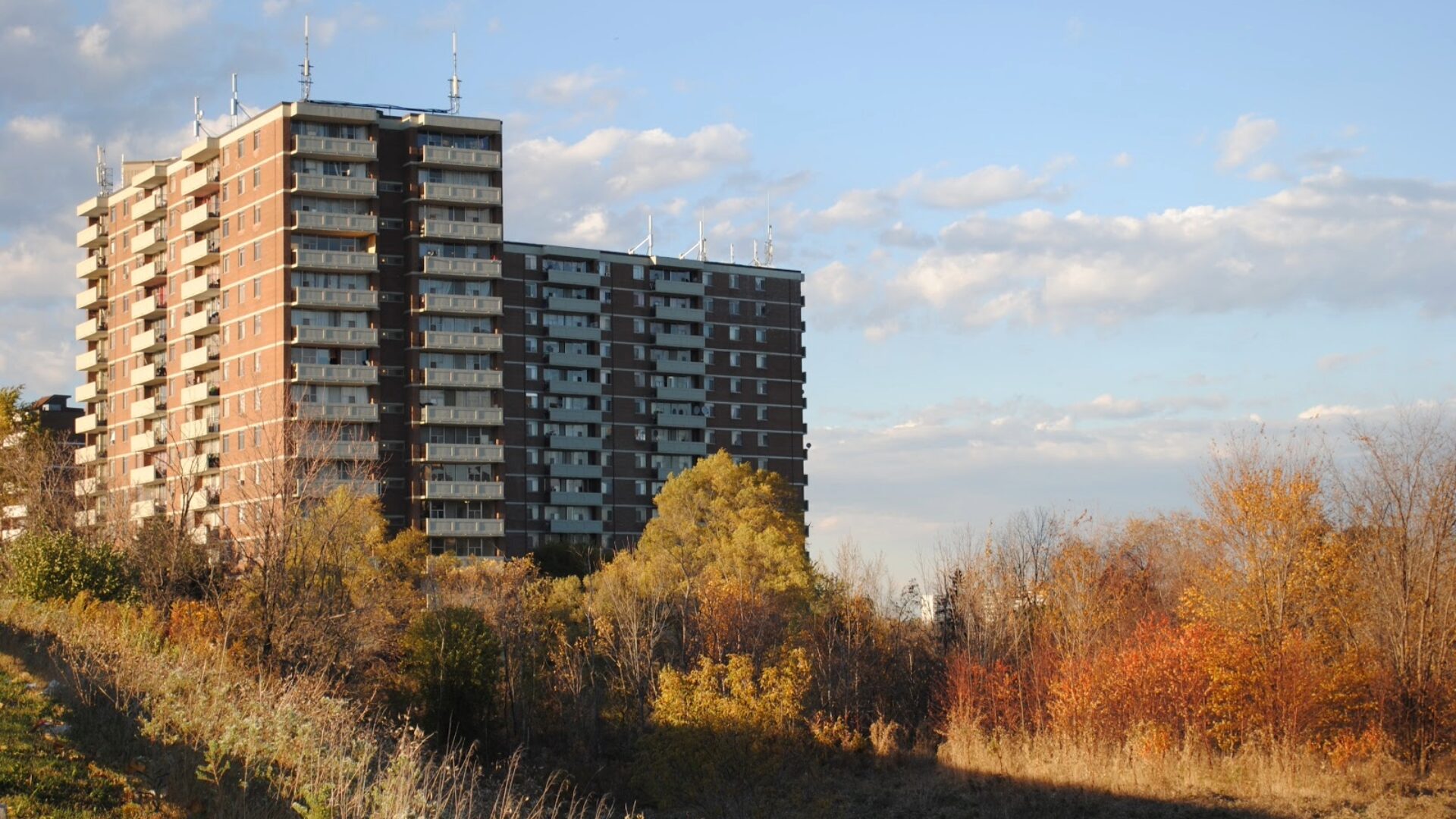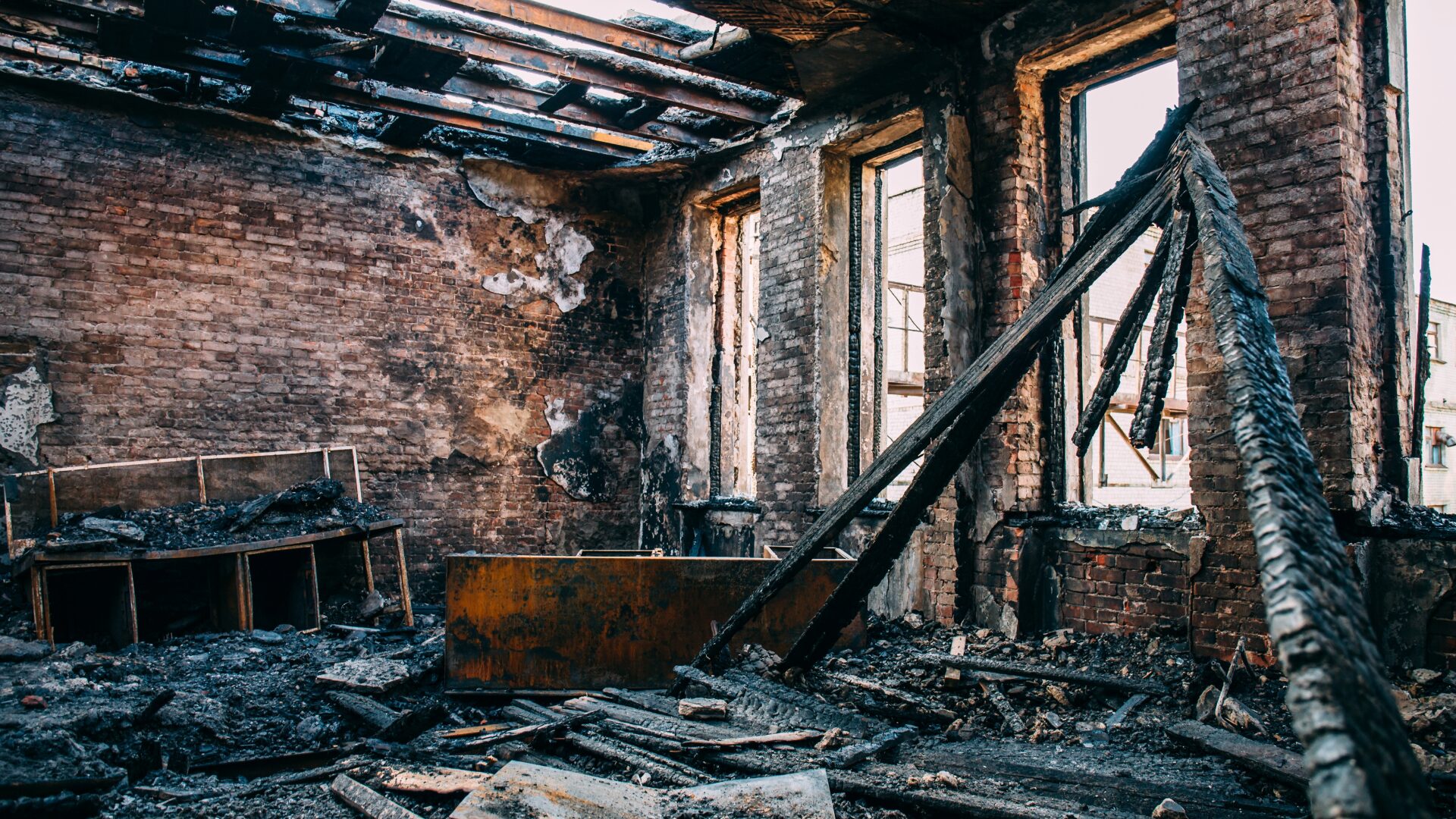Margaret Klassen
Margaret is a resilient and determined lawyer. With a strong foundation in the legal system, Margaret brings a keen analytical mind and an empathetic approach. Margaret earned her Bachelor of Arts with an Honours Specialization in Criminology and a minor in Psychology from Western University (2017) and her Juris Doctor from Western University (2023), before being called to the Ontario Bar in 2024. At Western Law, Margaret assisted low-income and marginalized community members with their legal issues as a Team Leader for Community Legal Services. Before joining Davidson Cahill Morrison LLP, Margaret spent 7 years at the Superior Court of Justice, where her dedication to client service and meticulous attention to detail ensured that her work was handled with the utmost care and professionalism.





